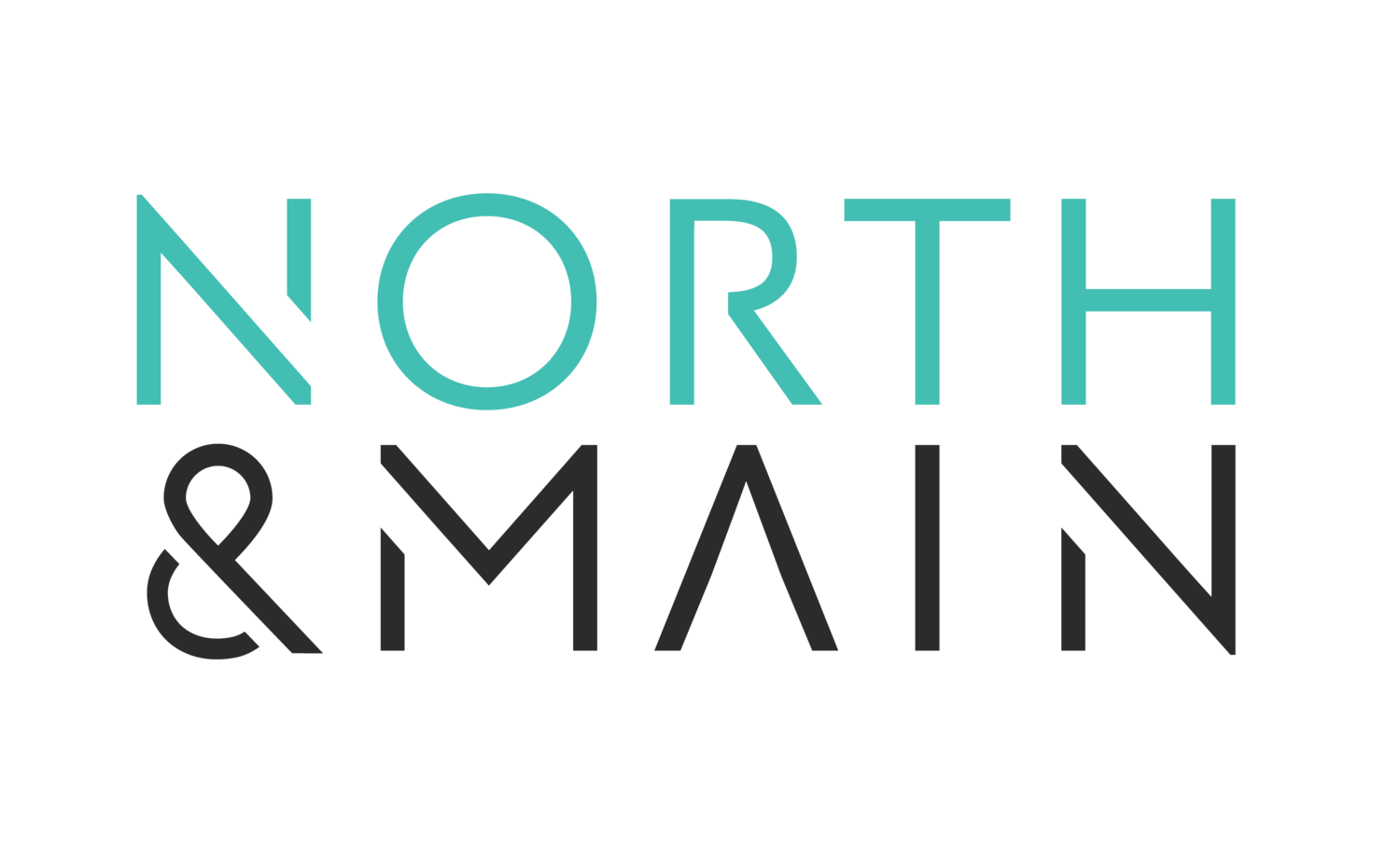In our last post, I talked about values-based buying. But what does this look like from a brand’s vantage point?
As I answered my friend about brands I prefer, I thought again about this issue of trust.
When did this big shift happen, where brands were trusted more for their values and stances, rather than ignoring them?
At one point, it was unheard of for brands to weigh in on politics. In 1990, North Carolina native Michael Jordan was asked to endorse Harvey Gantt, a Democratic senatorial candidate challenging the famously anti-Civil Rights Act Senator Jesse Helms. He famously quipped “even Republicans buy sneakers.” His point was that while he would contribute funds to Gantt’s campaign, he didn’t want to take a political stance that would hurt Nike, and hurt his own brand.
But in the last few years, brands have taken increasingly larger political risks. In the wake of Trump’s election, Ivanka’s eponymous brand was dropped from retailers. In the wake of police brutality, sports brands like Nike leaned into Colin Kaepernick’s non-violent protest of taking a knee.
While brands may seem more altruistic, brands ultimately need to drive consumer awareness, purchase intent and sales. Nike has continued to lean into politics (stopping political contributions to those who wouldn’t certify electoral results, for instance), and they have also benefited greatly from taking a stand.
Market Watch reported that, after launching their Kaepernick campaign, sales were up 31%, and social media mentions were up almost 1,700%. The #boycottNike campaign lasted online for a matter of days, likely not long enough to dramatically influence long term purchase intent. So was Nike’s plan a risk? Or a calculated plan to capture a Millennial audience, carrying the most purchase power, centered largely around the more liberal coasts?
For Patagonia, their advocacy is an intrinsic part of their company DNA (see this Inc. article from 1988, just a few years before Michael Jordan avoided a political statement).
What about Nike? As a GenX-er, I’m suspicious of their motivations, even if I agree with the position. As a marketer and researcher, I’m fascinated by what this looks like generationally.
In our next post, we’ll unpack some generational perspectives around trust, brands and work.
